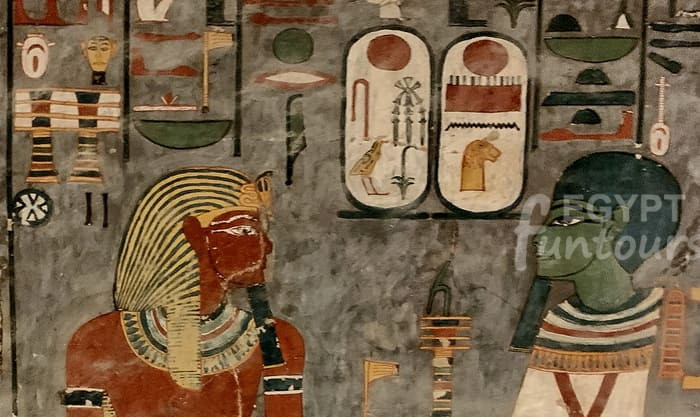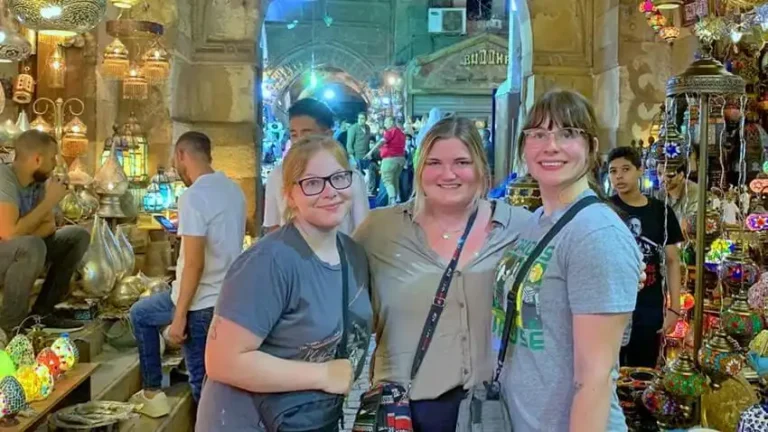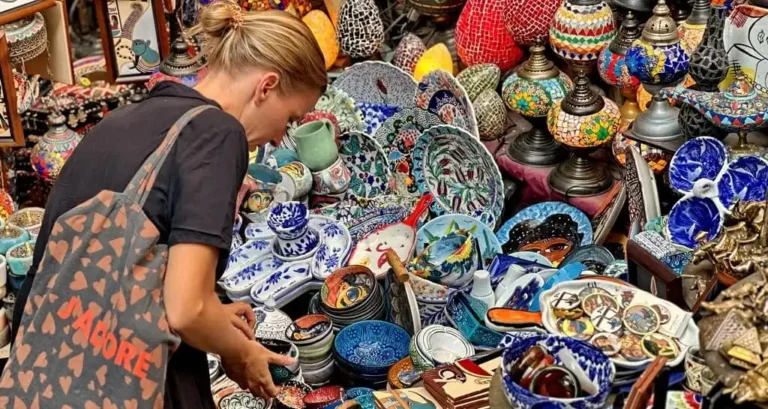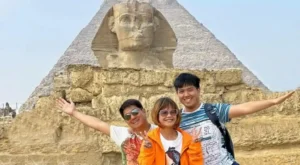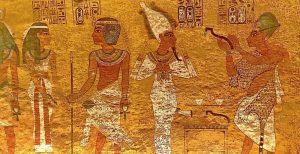The Ancient Egyptian Cartouche
The ancient Egyptian cartouche, a distinctive oval-shaped emblem found in Egyptian hieroglyphs, is far more than just a decorative feature. It is a powerful symbol that was central to ancient Egyptian beliefs about identity, eternity, and divine protection. This article delves into the origins, symbolism, and historical significance of the cartouche, shedding light on its enduring legacy.



